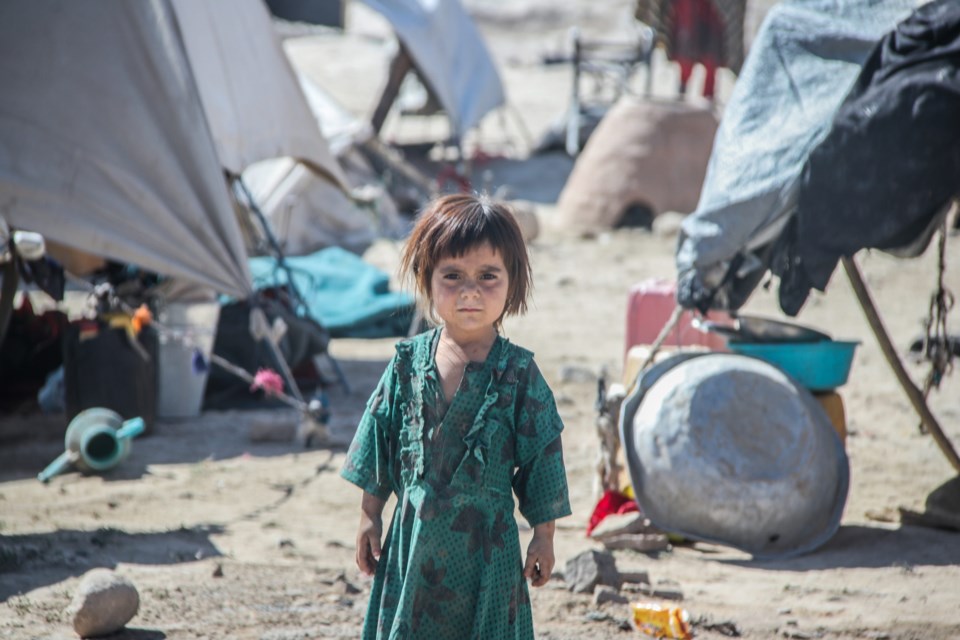When the last American soldier boarded the last U.S. military flight out of Afghanistan on August 31, thousands of Afghans who worked with western coalition forces were left behind.
Among them, there were at least 1,250 Canadian citizens, permanent residents, and family members, according to the federal minister of foreign affairs. The last Canadian military flight had taken off from the overwhelmed Kabul airport five days earlier.
That tally doesn’t include the Afghans who are not citizens or permanent residents of Canada but who worked alongside Canadian military, aid, and media organizations during the 20-year war.
The withdrawal from Afghanistan was inevitable, and was always going to mean some measure of crisis. But the level of the humanitarian disaster that Canada left behind was avoidable.
I’ve been following along helplessly while a small group of former colleagues have worked around the clock to get a handful of our fixers and translators out of the country.
At one point, they were advised by Canadian Immigration and Refugee officials to go to the airport wearing red and shout “Canada.” Then they were told to go home again, having shown their hand to the watchful eyes of Taliban enforcers at every gate.
I wish I could tell you more about the courageous, honourable, life-loving Afghans I had the pleasure to get to know while covering the war. But until they are on Canadian soil, their lives and the lives of their entire families are very much still in danger.
To be clear, the disaster hasn’t happened yet…but it will. The fact that we are still getting calls for help means the true cost of this blunder has yet to be felt.
Eventually there needs to be accountability – but first, there needs to be more.
There are still avenues for Canada to find, force or negotiate evacuations for Afghans to safe third countries.
Gender Equality Minister Maryam Monsef was ridiculed and worse for making a direct appeal to the Taliban, calling them “our brothers.” The outrage would be more appropriately pointed toward the failure that forced an Afghan-Canadian refugee woman to make a direct appeal to the Taliban - a group that would not even view her as a full-fledged person in her homeland - in a last-ditch effort to save the lives of allies.
More than 40,000 Canadian Armed Forces members served between 2001 and 2014, when Canada ended its combat mission. 158 were killed there. More than 2,000 Canadian soldiers were injured. Seven Canadian civilians were also killed, including journalist Michelle Lang.
Their deaths were not in vain. Afghanistan in 2021 is a very different place than 2001, thanks in no small part to the work of Canada’s military and aid organizations.
Canada’s official evacuation may be over but there are Canadians still working to get friends and family out of the country.
No doubt there is more going on behind the scenes officially than makes its way into headlines, but the flat-footed response from Canada to the very predictable chaos so far means we can’t assume that is the case.
Our prime minister and foreign affairs minister need to make commitments.
In the meantime, consider donating to the Red Cross or other agencies helping Afghans in Afghanistan or those who have managed to escape, including this Go Fund Me for a former translator who worked for the Globe and Mail: Fundraiser by Gloria Galloway : Help Sharif and his family resettle in Canada (gofundme.com)
Dene Moore is an award-winning journalist and writer. A news editor and reporter for The Canadian Press news agency for 16 years, Moore is now a freelance journalist living in the South Cariboo. Moore’s two decades in daily journalism took her as far afield as Kandahar as a war correspondent and the Innu communities of Labrador. She has worked in newsrooms in Vancouver, Montreal, Regina, Saskatoon, St. John’s and Edmonton. She has been published in the Globe and Mail, Maclean’s magazine, the New York Times and the Toronto Star, among others. She is a Habs fan and believes this is the year.
SWIM ON:
- Dene Moore last wrote about what happens in rural BC when the wildfire smoke clears.
- Before that, Dene reflected on her time in Afghanistan, and wondered how the Taliban could return to power.
- Maclean Kay considered the domestic politics of Maryam Monsef calling the Taliban her "brothers."



